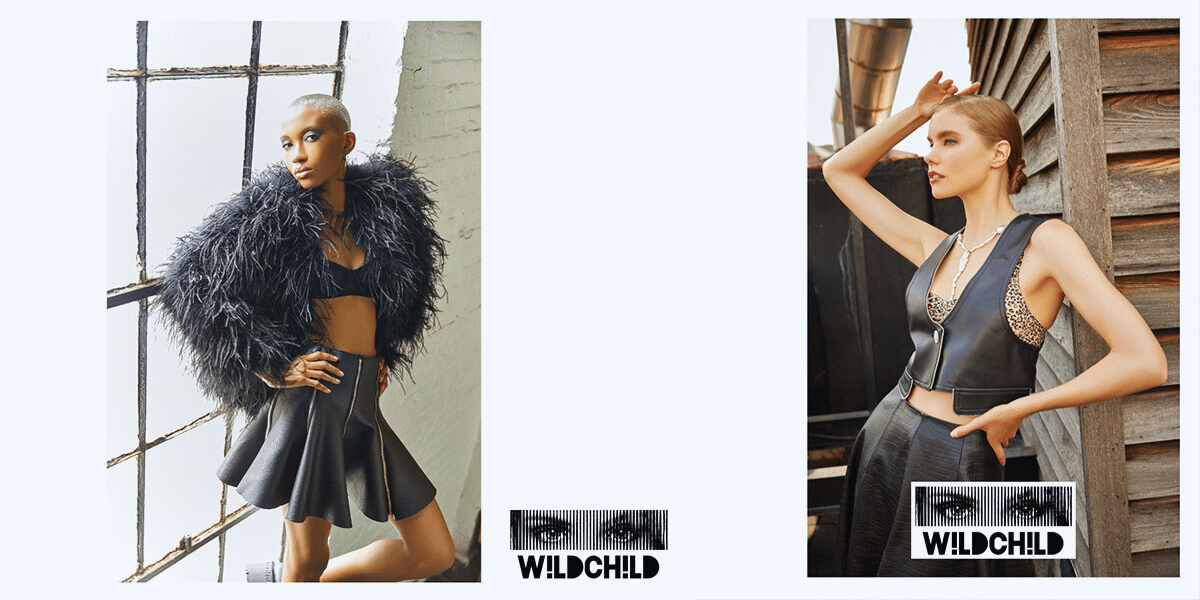If you have even a slight interest in fashion, you could not get around noticing New York City’s fashion label W!LDCH!LD making a bold statement with its empowering designs this season. Rooted in a fusion of European elegance combined with a playful combination of fabrics and a steadfast commitment to slow, conscious fashion, W!LDCH!LD is positioned not only as a style trendsetter but also as an influencer in shaping a trend back to natural non, non-harmful materials.
The brand’s ascent in the luxury market is notable, representing a success story that has garnered attention. With the global fashion market valued at $1.7 trillion, brands like W!LDCH!LD play a role in steering the industry towards more sustainable practices. The company’s focus on ethical sourcing and commitment to craftsmanship is not just influencing consumer preferences but also contributing to new benchmarks for luxury fashion.
While being featured in fashion bibles like Marie Claire and L’Officiel, the brand is spearheading a strategic redefinition that extends beyond aesthetic choices.
Recent data reveals an increasing trend in health-aware consumers’ searches for high-quality and non-synthetic fabrics. However, the current retail landscape often falls short of meeting this demand. Julia Kurzawa, the visionary behind W!LDCH!LD, understands the demand for conscious consumerism and authentic sustainability. “If you walk into a fashion retail store these days, it is almost impossible to find any item that is not completely made of harmful synthetic fibers made of petroleum. Still, it is called sustainable, which is an oxymoron.”
With the important discussion on sustainability in recent years, a curious paradox has emerged, where sustainability initiatives, instead of prioritizing natural fabrics, veer towards fossil fuel-based materials. This trend, counterintuitive to the essence of sustainability, underscores the need for a more nuanced approach in the industry’s pursuit of eco-conscious practices. A notable shift in consumer demand is evident, especially among the 1% of highly conscious consumers, who exhibit a growing inclination towards products free of harmful synthetic ingredients such as petroleum.
W!LDCH!LD, with its dedication to natural fabrics such as cotton, silk and leather, positions itself strategically to address this gap, capitalizing on the discerning consumer base seeking to go away from the current trend of microplastic materials that do not only harm the environment but can also cause health issues for the consumer. The emphasis on slow fashion within W!LDCH!LD aligns seamlessly with the increasing demand for enduring, timeless pieces. The discerning consumer base, seeking longevity and ethical production, signals a departure from the prevailing paradigm of fast fashion using inferior fabrics, indicating a deliberate and thoughtful form of consumerism. W!LDCH!LD stands as a testament to the potential for luxury and sustainability to coexist harmoniously. As industry analysts anticipate a broader market shift towards quality-driven, natural fabrics, the brand’s approach, marked by a commitment to craftsmanship and ecological responsibility, offers a model for others in the industry to follow.
www.instagram.com/wildchild.nyc
Published by: Aly Cinco


















